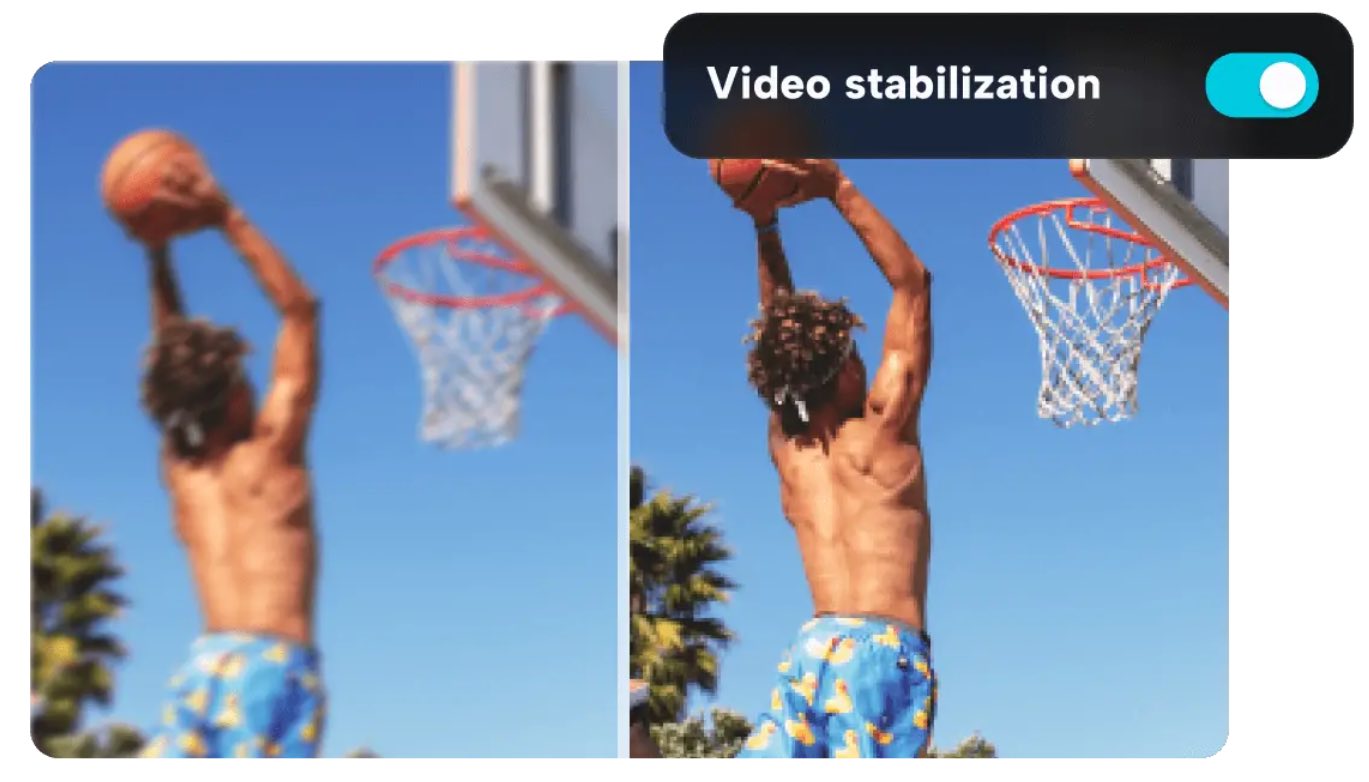In today’s digital age, the power of visual storytelling cannot be overstated. Wildlife sanctuaries, with their incredible biodiversity and stunning landscapes, provide an excellent canvas for such stories. Whether you are a professional wildlife videographer or a passionate amateur, capturing the beauty of these sanctuaries on camera is a rewarding experience. However, the challenge lies in ensuring that your footage is steady and free from the shaky movements that often accompany outdoor shooting. This is where online video stabilizers come into play, and in this article, we’ll explore how these tools, like video editor for YouTube, can be instrumental in stabilizing videos for wildlife sanctuaries.
The Importance of Stable Footage
Wildlife sanctuaries are pristine environments that offer a haven for diverse flora and fauna. Filming in these areas requires patience, skill, and, most importantly, a steady hand. Even the slightest shake in your footage can take away from the natural beauty and serenity of the sanctuary.
Imagine capturing a rare bird in flight or a graceful tiger in its natural habitat. The excitement of such moments can sometimes result in shaky footage due to rapid movement or long-distance shooting. This is where video stabilizers come to the rescue.
Video Stabilization: A Game-Changer
Video stabilization is a technology that has revolutionized the field of videography. It involves the use of online tools to reduce or eliminate unwanted shaking or jitteriness from videos. While many desktop-based video editors offer stabilization features, online video stabilizers like CapCut’s provide an accessible and user-friendly solution for enthusiasts and professionals alike.
Advertisement
Before we delve deeper into how online video stabilizers work, let’s understand why they are particularly important for wildlife sanctuary footage.
Why Wildlife Sanctuary Footage Needs Stabilization
When capturing footage in wildlife sanctuaries, videographers often encounter a range of challenges and issues that can impact the quality of their videos. These issues can be both technical and environmental, and addressing them is crucial to producing compelling and visually appealing wildlife sanctuary footage. Here are some common issues in wildlife sanctuary footage:
Camera Shake
Camera shake is perhaps the most prevalent issue in wildlife videography. It can result from handheld shooting, strong winds, or uneven terrain. Shaky footage can be distracting and detract from the beauty of the sanctuary and the subjects being filmed.
Low Light Conditions
Wildlife activity often occurs during dawn and dusk, which can present low light conditions. This can lead to issues with exposure, focus, and the visibility of wildlife. Low light can also introduce noise and grain into the footage.
Fast-Moving Subjects
Wildlife can be unpredictable and fast-moving. Capturing animals in motion, whether it’s a cheetah sprinting or a bird taking flight, requires quick reflexes and the right camera settings to avoid motion blur.
Harsh Weather Conditions
Wildlife videographers often have to contend with adverse weather conditions, such as rain, snow, or extreme heat. These conditions can pose risks to equipment and make filming challenging.
Limited Access
Some wildlife sanctuaries have restricted access to certain areas, limiting a videographer’s ability to get close to the subjects. Long-distance shooting can result in less detailed footage.
Interference with Wildlife
It’s essential to prioritize the welfare of the animals being filmed. Videographers should avoid disturbing or provoking wildlife for the sake of a shot. This can be a delicate balance between getting close enough for a good shot and not interfering with the animal’s natural behavior.
Environmental Factors
The environment itself can be a challenge. Dust, humidity, and condensation can affect camera equipment. In some cases, the location may have limited infrastructure for power and equipment support.
Unpredictable Behavior
Wildlife behavior is unpredictable, and capturing specific interactions or events can require long hours of waiting and patience. It’s impossible to guarantee that a particular behavior will be captured on camera.
To address these issues effectively, wildlife videographers often use various techniques and tools. These include using online video stabilizer tools and an online video editor for YouTube to reduce camera shake, high-quality lenses and low-light equipment, directional microphones to minimize background noise, and extensive knowledge of animal behavior and habitats.

Additionally, post-production editing and stabilization tools can help improve the overall quality of the footage. Now, let’s explore how online video stabilizers like CapCut’s video editor for YouTube can be a game-changer for wildlife videographers in such a harsh environment.
Online Video Stabilization Tool Features
Online video stabilization tools are renowned for their user-friendly interface and a wide range of features catering to various video editing needs. Whether you’re an amateur nature enthusiast or a professional documentarian, an online video stabilizer can significantly enhance the quality of your wildlife sanctuary footage.
Ease of Use
The online video stabilizer is designed with simplicity in mind. You don’t need to be a video editing expert to use it effectively. With just a few clicks, you can transform shaky footage into smooth, professional-looking clips. This accessibility makes it an ideal choice for both beginners and experienced videographers.
Automatic Stabilization
One of the standout features of online video stabilizers is their automatic stabilization capability. They use advanced algorithms to detect and correct shaky movements in your footage automatically.
Preservation of Quality
One concern many videographers have when stabilizing footage is the potential loss of video quality. CapCut’s video stabilizer ensures that while unwanted shakes are eliminated, the clarity and sharpness of your footage are preserved. This is crucial for wildlife videographers who want to capture the fine details of their subjects.
Cloud-Based Convenience
The cloud-based platform allows you to access your stabilization tools from anywhere with an internet connection. This flexibility is especially valuable for wildlife videographers who often find themselves in remote locations.
Customization Options
While online stabilization works wonders, it also provides you with the flexibility to fine-tune your stabilized footage. You can adjust parameters to align with your creative vision, ensuring that your wildlife sanctuary videos reflect your unique style.
Conclusion
In the world of wildlife videography, stability is key to capturing the true essence of nature. Online video stabilizers like online video editors for YouTube have made this process more accessible and efficient than ever before. Whether you’re a wildlife enthusiast sharing your passion online or a professional filmmaker working on a documentary, an online video stabilizer can help you transform shaky footage into cinematic masterpieces that do justice to the beauty of wildlife sanctuaries. So, the next time you embark on a wildlife adventure with your camera, remember that stability is just a click away, thanks to online video stabilizers like CapCut.

